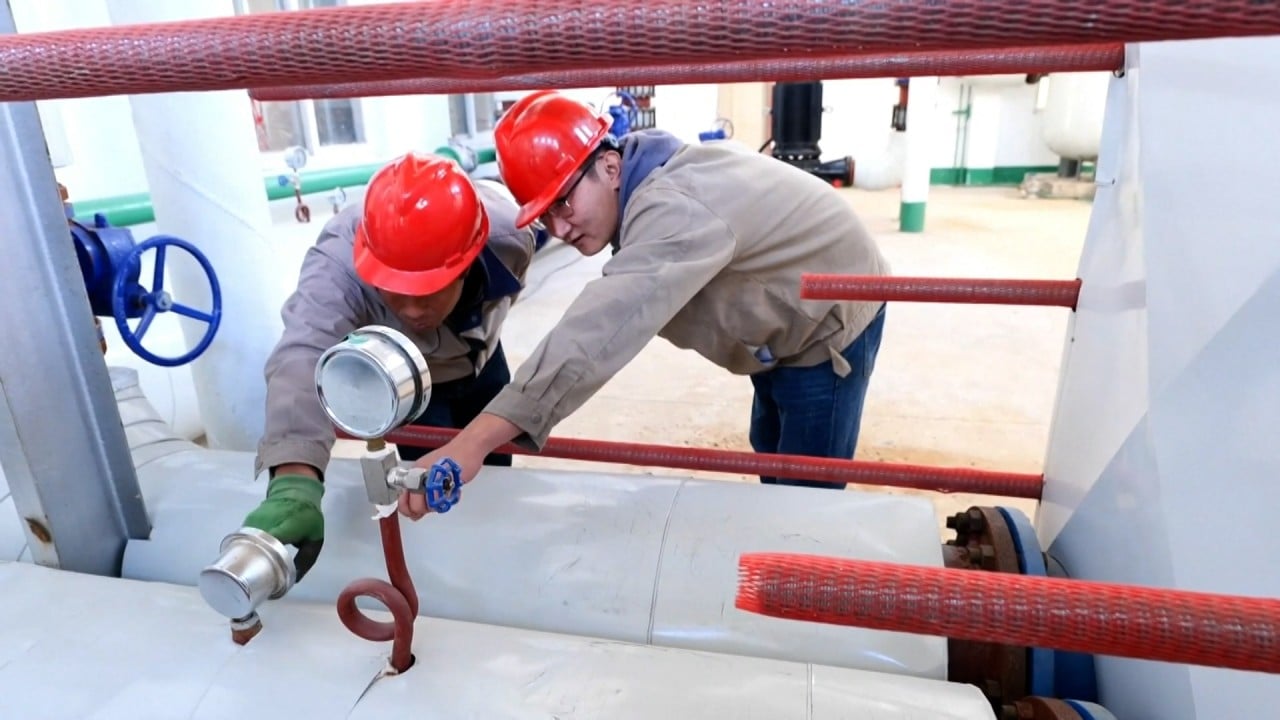
China’s carbon trading exchange struggles with unclear policies as it eyes expansion, say analysts
- The ETS, which currently only allows power companies to trade carbon allowances, is poised to expand to allow financial institutions to participate
- Ambiguities in emissions data reporting, trading legislation and tax issues have created confusion and caused volatility in prices lately
He was speaking at a conference in Shanghai on Tuesday.
It has not been decided when the financial institutions will be allowed to enter the market, according to a spokeswoman at the SEEE.
Analysts expect the number of new participants to be very small.
“I think the regulator will soon announce this, since there is so much pressure to boost liquidity in the ETS,” said Qin Yan, lead carbon analyst at data provider Refinitiv.
“But it may be limited to state-owned financial institutions at the beginning, likely those carbon asset management companies who effectively are trading on behalf of the utility groups.”
Foreign investors and individuals are very likely to remain excluded from trading on the national ETS, according to Qin.
Uncertainty in carbon pricing trends and a lack of clarity in the trading policy will deter many financial institutions.
“Regarding the future carbon price trend, investment institutions are still not particularly clear,” said Lin Boqiang, the dean of Xiamen University’s China Institute for Studies in Energy Policy.
For the companies currently trading in the ETS, their first priority is to hit the compliance target at year-end, said Qin.
However, there remain uncertainties in the policy framework. Emissions data reporting, trading legislation and tax issues have created confusion and caused volatility in prices lately, according to a report published this week by Refinitiv.
“There are inevitably teething pains in the first year of operation. We expect the Chinese regulator to take measures to ensure smooth compliance procedures and a decent compliance rate,” wrote Qin in the Refinitiv report.
Refinitiv analysts estimated the compliance rate would be quite high for the first cycle of the scheme, as the majority of the enterprises would have sufficient allowances to match their 2019 and 2020 emissions.
The inclusion of institutional investors could help boost market liquidity and drive up carbon prices, which are still a bit too low to effectively reduce emissions, according Lin.
The price closed at 42.97 yuan (US$6.75) per tonne on December 1. The cumulative trading volume of the national ETS reached 45.79 million tonnes and the cumulative turnover was 1.96 billion yuan.
“It’s not enough to rely solely on trading between power plants. Investment institutions must enter to activate the carbon trading market and boost the trading volumes,” said Lin.



